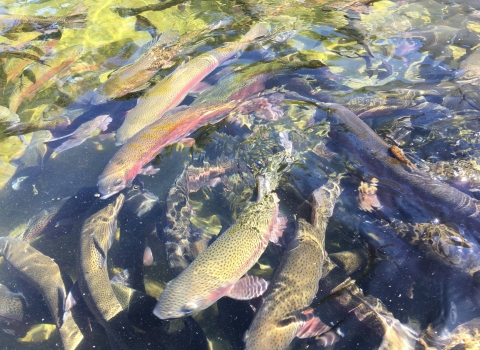National wildlife refuges in Montana, Nebraska, North Dakota and South Dakota are highlighted in a recently-released report that shows recreational use on national wildlife refuges generated almost $1.4 billion in total economic activity during the 2004 fiscal year. The report, Banking on Nature 2004: The Economic Benefits to Local Communities of National Wildlife Refuge Visitation, was compiled by U.S. Fish and Wildlife Service economists.
The refuges from these four states are:
Bowdoin NWR (Montana)
Lee Metcalf NWR (Montana)
Medicine Lake NWR (Montana)
Boyer Chute NWR (Nebraska)
Fort Niobrara NWR (Nebraska)
Arrowwood NWR (North Dakota)
Audubon NWR (North Dakota)
Lacreek NWR (South Dakota)
According to the study, nearly 37 million people visited national wildlife refuges in 2004, creating almost 24,000 private sector jobs and producing about $454 million in employment income. Additionally, recreational spending on refuges generated nearly $151 million in tax revenue at the local, county, state and federal level.
"Our national wildlife refuges are not only beautiful places where fish and wildlife can flourish, they are also economic engines for their local communities, providing jobs, customers for local businesses, and tax revenue for local governments, "Secretary of the Interior Gale Norton said. "With 17 new refuges and a 30 percent increase in the refuge system budget since 2001, we are ensuring our refuges continue to be places of awe and wonder as well as economic vitality for local communities across the country."
The report reinforces the travel industrys belief that ecotourism is becoming big business, according to Roger Dow, president of the Travel Industry Association of America, who unveiled the report with the Secretary of the Interior. The study measured the economic impact of ecotourism, large numbers of people traveling substantial distances for outdoor activities like wildlife observation and photography, as well as more traditional refuge programs like hunting and fishing.
Highlights from the Banking on Nature 2004 report include:


